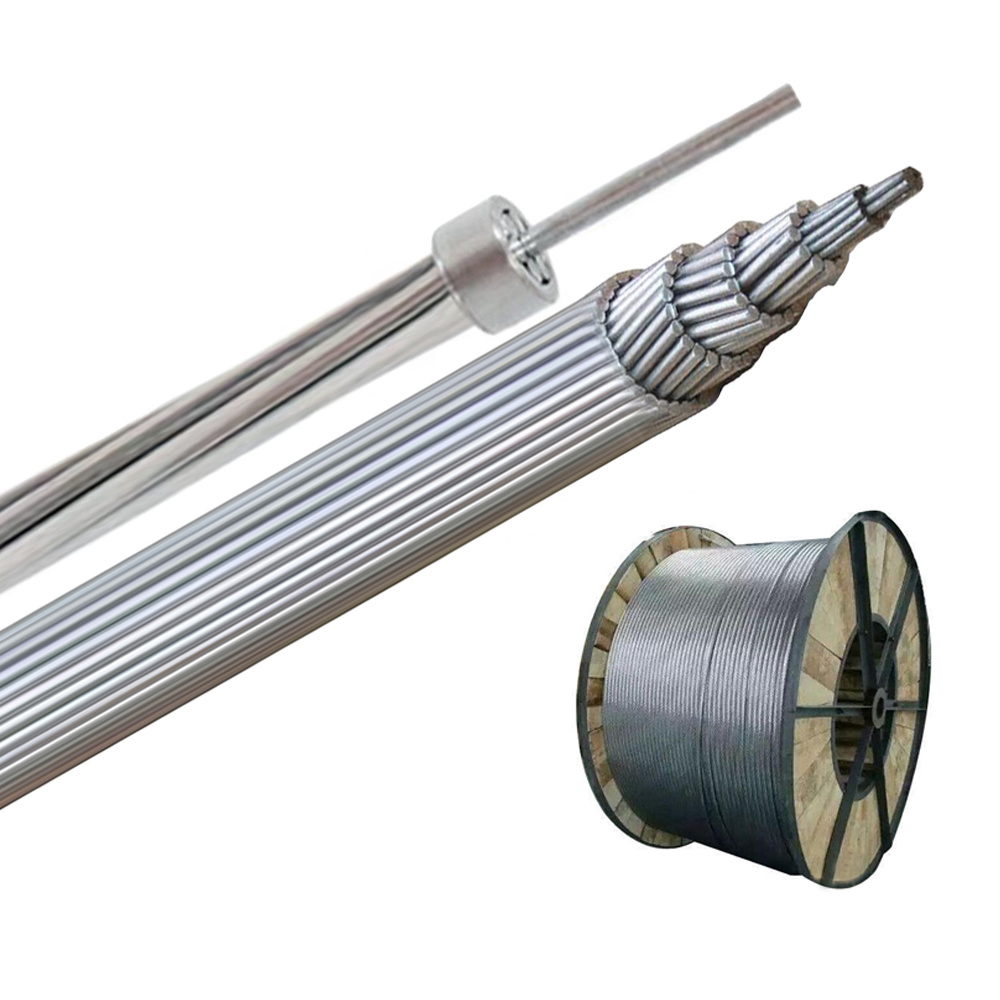
For the wire and cable industry, the most obvious alternative is AAC Conductor material instead of copper conductors. Carrying copper, AAC Conductor relative costs need to consider the price, the specific gravity and electrical conductivity, and other factors, in order to obtain cost-saving AAC Conductor real answers. Copper is heavier than aluminum. The proportion of copper is 8.9g.cm3, and the proportion of aluminum is 2.7g / cm3, that is to say, in the case where the conductors of the same size, the weight of the copper conductor was 3.3 times aluminum conductors.
However, the conductivity of aluminum is only 61% of copper, that is, in the case where the transmission current is the same, a large cross-section than an AAC Conductor 61 percent copper conductors. So, in terms of the weight of the conductor, the conductor has to make two of the same carrying capacity, the desired weight of a copper conductor is approximately 2-fold AAC Conductor. In addition, the prices of copper and aluminum are about 3.5, so the equivalent copper conductor is seven times the cost of an AAC Conductor. Of course, the simple cost comparison as described above does not tell the whole story.
Because cable products are standard specification limit conductor products, you can not buy conductivity copper cable with aluminum cable completely equal. Therefore, if AAC Conductor manufacturing cable, you must use a larger cross-section AAC Conductor. Experience has shown that, in the case of equal ampacity, the conductor cross-section aluminum cable should be 2 times the copper cable conductor cross-section. Since the cross-section of aluminum cable conductors is twice the copper cable conductors, then subsequently cause the aluminum cable insulation, sheathing, and sheathing materials increase, weakening of the AAC Conductor price advantage.
That is, compared to aluminum and copper price advantage is not great because the conductor, after all, is only a small portion of the overall cost of the cable. For 70mm2 copper cable, for example, the cost of copper conductors is approximately 65% of the entire cost of the cable, and equal ampacity of aluminum cable 120mm2 cost savings of 23.5%. If the cost of copper conductor cables accounted for 80% of the entire cost, so equal ampacity of aluminum cables up to 46 percent cost savings.
Only when the decline in the cost of copper cable conductors to 50% below the cost of the entire cable, aluminum cable will lose its cost advantage. Now, the vast majority of low-voltage cables and medium voltage copper core cable conductors cost many more than 50%, as compared with the copper core power cable, aluminum power cable's cost savings advantage is quite obvious.